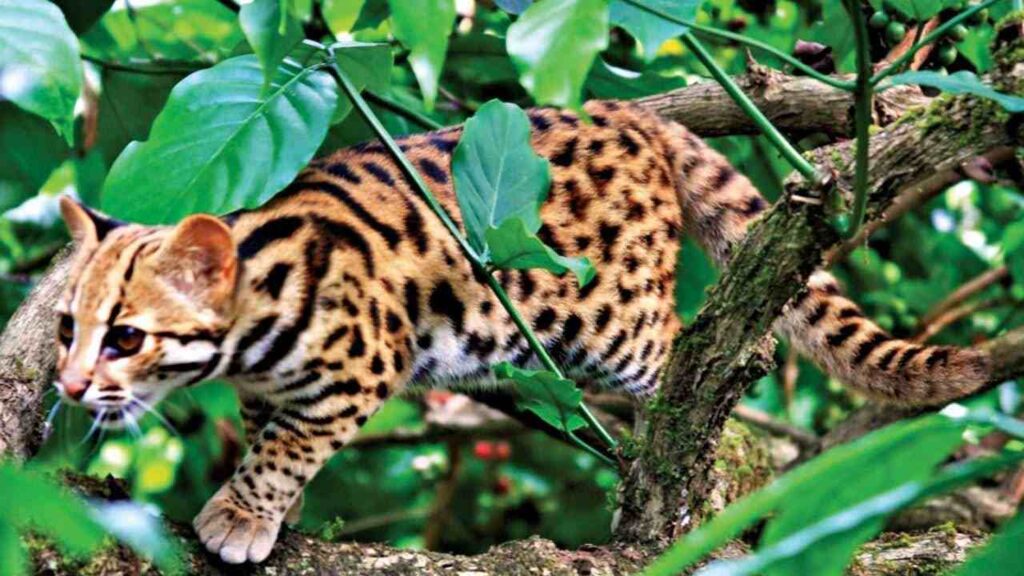Maharashtra’s Pench Reserve Records First Leopard Cat Sighting in Central India

Maharashtra's Pench Reserve Records First Leopard Cat Sighting in Central India
Pench, Maharashtra, famous as the inspiration for Mowgli’s jungle, has unveiled a remarkable discovery – the first-ever sighting of a leopard cat in Central India. This revelation comes amidst previous sightings of Eurasian otters and lesser floricans within the reserve. Officials speaking to a news agency confirmed the significant finding during a camera trapping survey near Narahar village.
NAGPUR: Maharashtra’s Pench, often associated with the legendary tales of Mowgli, continues to astound with its biodiversity. Following recent sightings of Eurasian otters and endemic lesser floricans, the tiger reserve has now documented the presence of a leopard cat – marking the first-ever record of this species in Central India.
Officials stated, “The discovery of the leopard cat was made during our ongoing camera trapping survey near Narahar village.”
India is home to 15 species of felids, making up over 40% of global felid diversity. Among these, 10 species are small felids, the highest number globally. Despite their ecological importance, data on small felids remains scarce, particularly in Central India.
“The leopard cat (Prionailurus bengalensis) is the second most widespread felid species in India after the jungle cat. Historically, its presence was limited to North-East India, the Northern Himalayan states, West Bengal, Odisha, and pockets of the Western Ghats, with no records in Central India until now,” he elaborated.
The leopard cat was captured on camera in compartment number 663 in Narhar beat, located within the buffer zone of Nagalwadi range, a part of the Mansinghdeo Wildlife Sanctuary. This region, adjacent to the West Pench range, is renowned for its pristine wilderness and lies just 2km from Narhar village.
Understanding the distribution of animal species is crucial for holistic conservation efforts. “The recent discovery will stimulate further research on the distribution of this relatively understudied felid species, offering valuable insights into its presence and behavior in India,” Official emphasized.
Wildlife biologists also expressed surprise at the leopard cat’s presence in Pench’s dry-deciduous forests, given its arboreal nature. Previous molecular studies and historical records had never documented the species in the Central Indian landscape. High summer temperatures were considered a limiting factor for the leopard cat’s distribution.
“Habitat suitability models suggest potential leopard cat habitats surrounding Kanha Tiger Reserve. Targeted surveys are necessary to comprehensively map the distribution of these lesser-known species,” the wildlife biologist concluded.









